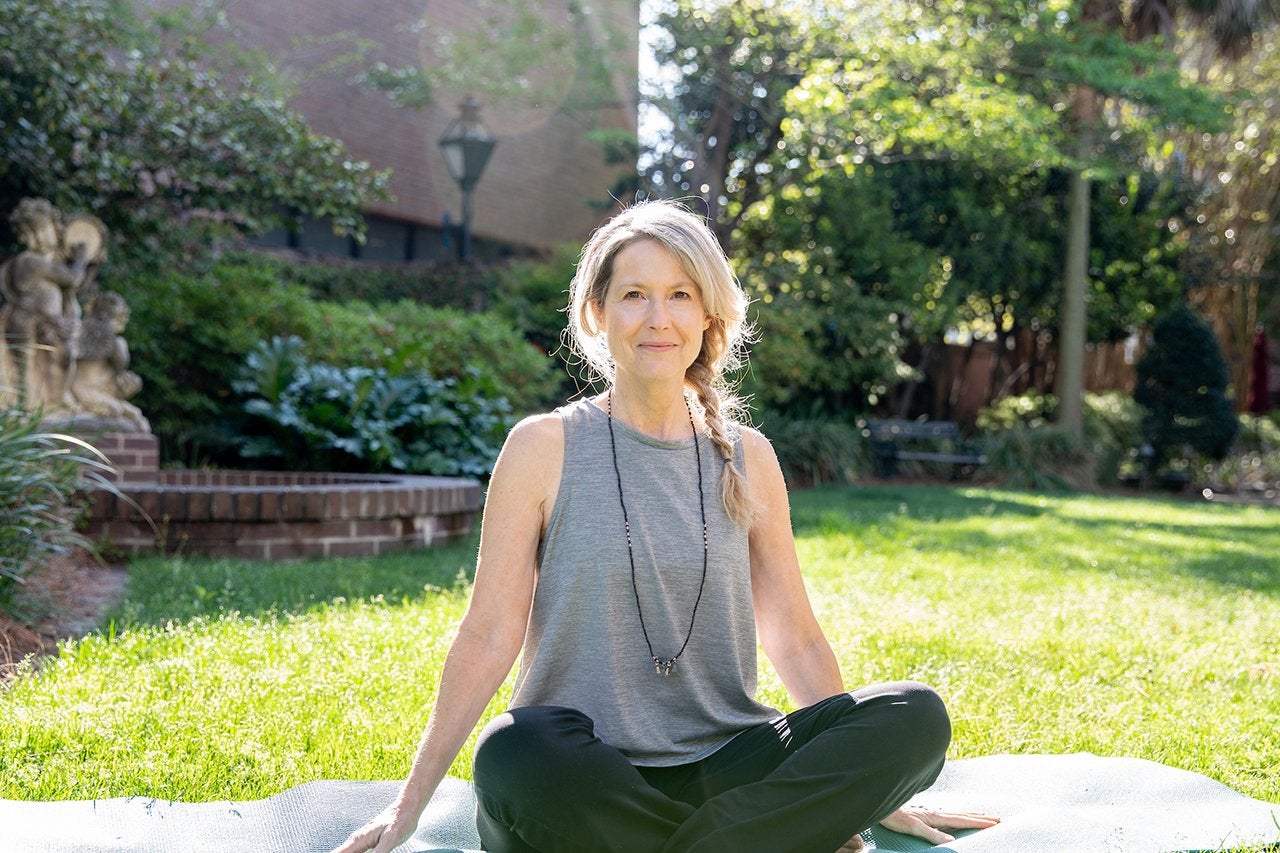By Rhonda Swickert, Ph.D.
Mindfulness meditation practices – awareness of what we’re sensing and feeling in the moment – have the distinction of being both popular and trendy, but also ancient in origin. These techniques were developed thousands of years ago, and they first established the importance of mindfulness for our well-being, something that current-day psychological research supports.
Mindfulness has been associated with enhanced positive mood states, greater levels of gratitude and compassion, and improved physical health. Mindfulness has even been shown to reduce implicit (unconscious) bias toward outgroup members and, as such, could serve as a positive force for social justice.
The practices that cultivate mindfulness generally focus the mind and engage the calming centers of the body. In doing so, these practices allow us to become more aware of the self and our environment in a nonjudgmental fashion. This nonjudgmental awareness allows us to respond to provocation with calmness and clarity.
With a little effort, we can work to become more mindful people, which usually translates to being happier, too.
Swickert’s research has shown that mindfulness plays a major role in the influence of gratitude, perceived social support and mood. She has developed several courses at the College that focus on the importance of mindfulness in the promotion of resilience and well-being.
So, how do you engage in mindfulness meditation? Signing up for a class is a good start. At the College, we have the Koru Mindfulness program, which students can complete free of charge. There is also the Meditation Club.
But you can start cultivating mindfulness throughout the day right now with the below strategies:
The Senses Practices
When you are waiting in line in the supermarket or for an appointment, use the time to bring yourself into the present moment by asking questions about what you are sensing. What am I hearing? What am I seeing? What am I smelling? What am I touching? What am I tasting?
Golden Ratio Breathing Exercise
With the golden ratio breath, the exhalation is double the length of the inhalation. So, count to three on the inhalation, and exhale to a count of six. You can adjust the count to best fit your pace of breath (2:4 or 4:8). Do this
practice several times a day to calm the mind and body.
Photographic Mindfulness
Take three to five pictures a day of things that make you happy and/or you feel grateful for. This requires us to pay attention to our experiences throughout the day. At the end of the day, review the pictures that you have taken to re-experience these positive moments.
Slow Things Down
Try slowing down when eating or walking. Before taking a bite, first closely examine the food by smelling it and examining its texture. After putting a bite in your mouth, chew it slowly and savor the experience. When walking, try to slow down the pace so that sensations in the feet can be noticed – this works especially well when barefoot. You can also pair the breath with walking, so, when lifting the foot up, inhale, and as it comes down, exhale.




